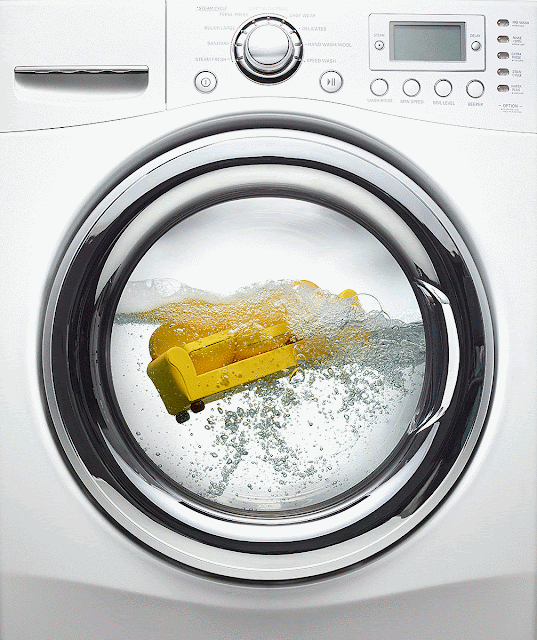Simple gear train
When there is only one gear on each shaft, as shown in Fig. 1, it is known as a simple gear train. The gears are represented by their pitch circles. When the distance between the two shafts is small, the two gears 1 and 2 are made to mesh with each other to transmit motion from one shaft to the other, as shown in Fig. 1 (a). Since the gear 1 drives the gear 2, therefore gear 1 is called the driver and the gear 2 is called the driven or follower. It may be noted that the motion of the driven gear is opposite to the motion of driving gear.
Fig. 1. Simple gear train
Let
N1 = Speed of gear 1(or driver) in r.p.m.,
N2 = Speed of gear 2 (or driven or follower) in r.p.m.,
T1 = Number of teeth on gear 1, and
T2 = Number of teeth on gear 2.
Since the speed ratio (or velocity ratio) of the gear train is the ratio of the speed of the driver to the speed of the driven or follower and ratio of speeds of any pair of gears in the mesh is the inverse of their number of teeth, therefore
It may be noted that the ratio of the speed of the driven or follower to the speed of the driver is known as the train value of the gear train. Mathematically,
Sometimes, the distance between the two gears is large. The motion from one gear to another, in such a case, may be transmitted by either of the following two methods :
- By providing the large-sized gear, or
- By providing one or more intermediate gears.
- A little consideration will show that the former method (i.e. providing large-sized gears) is a very inconvenient and uneconomical method; whereas the latter method (i.e. providing one or more intermediate gear) is very convenient and economical.
- It may be noted that when the number of intermediate gears is odd, the motion of both the gears (i.e. driver and driven or follower) is in the same direction as shown in Fig.1 (b).
- But if the number of intermediate gears is even, the motion of the driven or follower will be in the opposite direction of the driver as shown in Fig. 1 (c).
Now consider a simple train of gears with one intermediate gear as shown in Fig.1 (b).
Let
N1 = Speed of driver in r.p.m.,
N2 = Speed of intermediate gear in r.p.m.,
N3 = Speed of driven or follower in r.p.m.,
T1 = Number of teeth on the driver,
T2 = Number of teeth on the intermediate gear, and
T3 = Number of teeth on driven or follower.
Since the driving gear, 1 is in mesh with the intermediate gear 2, therefore speed ratio for these two gears is
Similarly, as the intermediate gear, 2 is in mesh with the driven gear 3, therefore speed ratio for these two gears is
The speed ratio of the gear train as shown in Fig.1 (b) is obtained by multiplying the equations (i) and (ii).
Thus, the speed ratio of the gear train is
And the train value of the gear train is
The intermediate gears are called idle gears, as they do not affect the speed ratio or train value of the system. The idle gears are used for the following two purposes:
- To connect gears where a large center distance is required, and
- To obtain the desired direction of motion of the driven gear (i.e. clockwise or anticlockwise).













Comments
Post a Comment